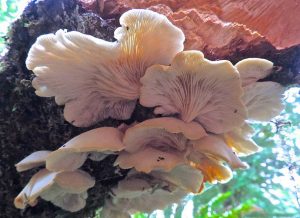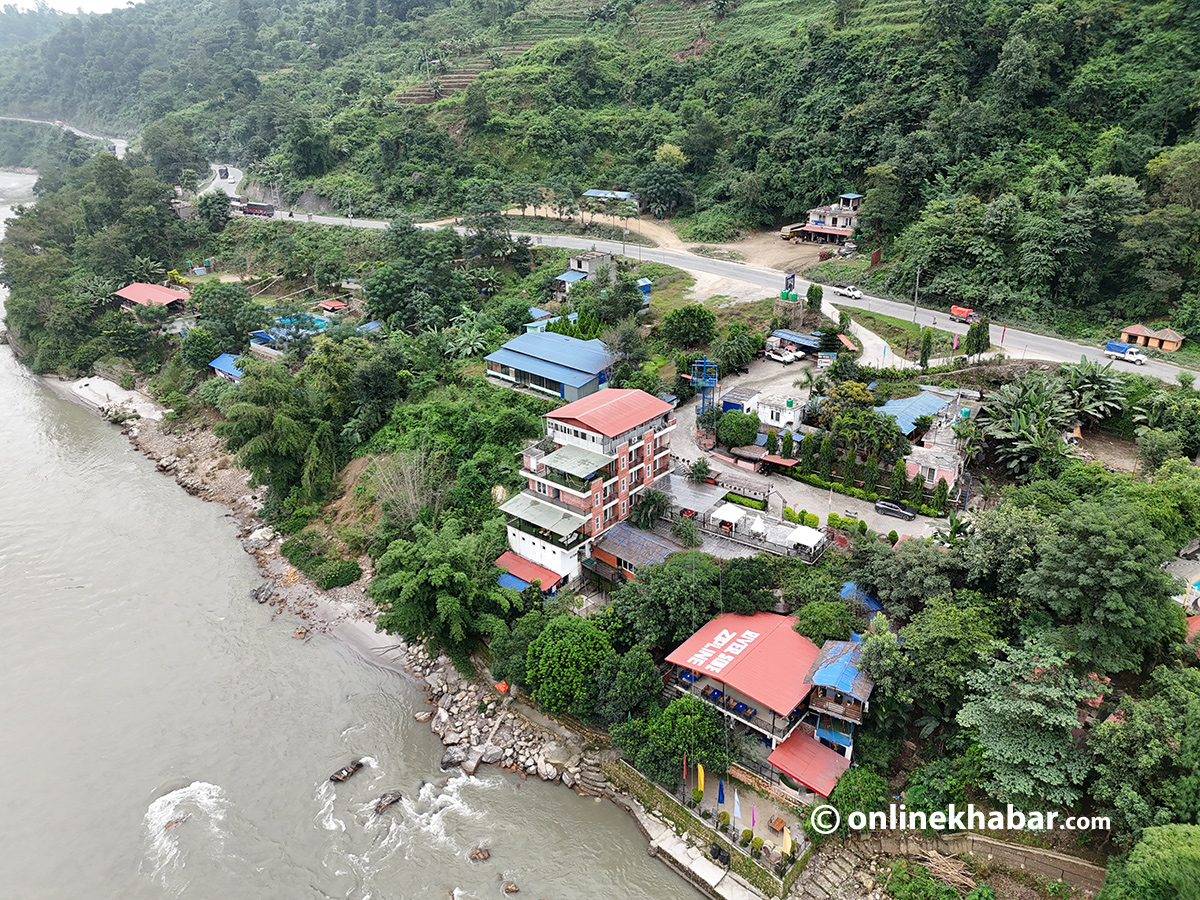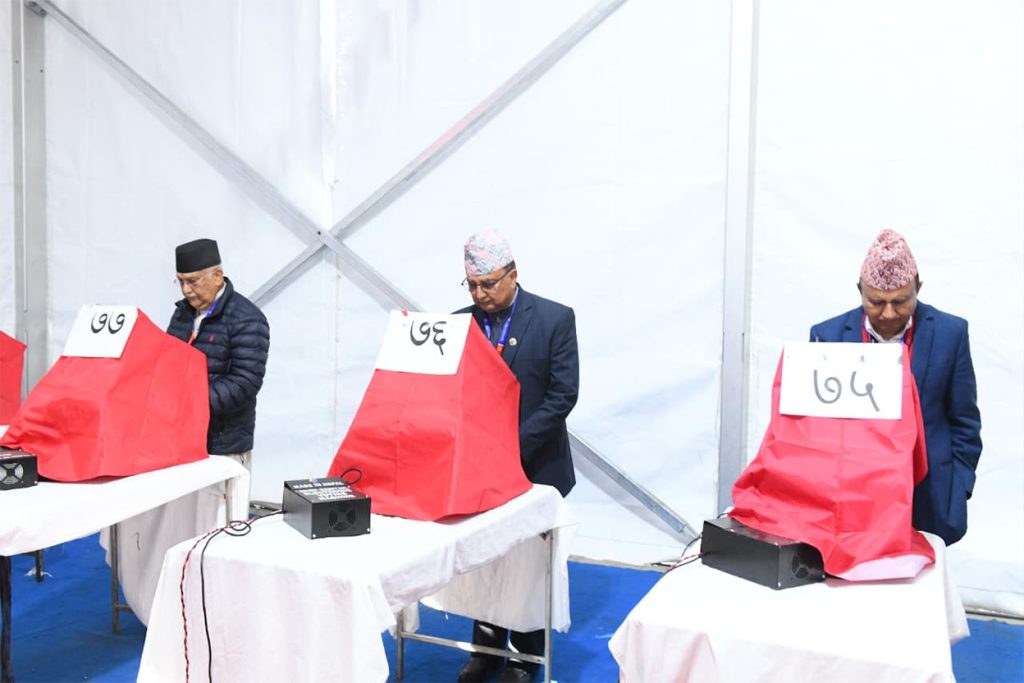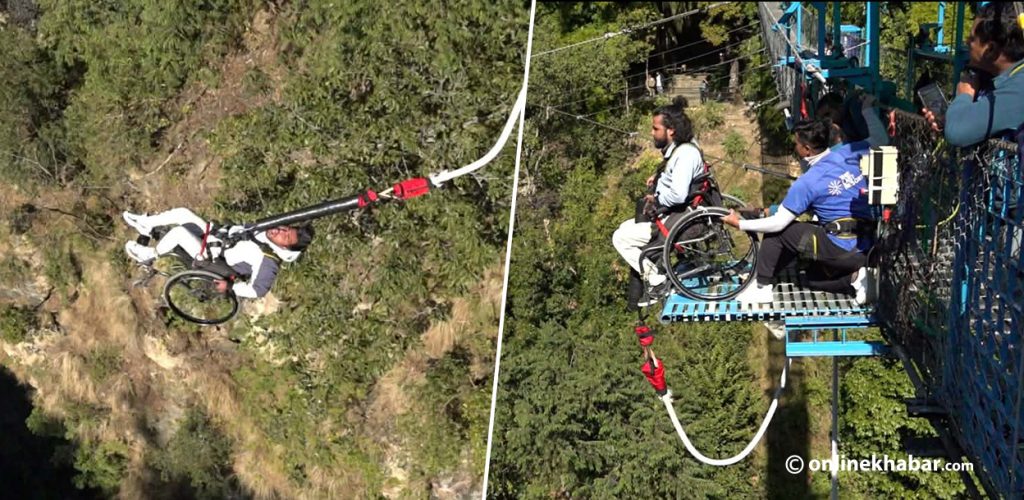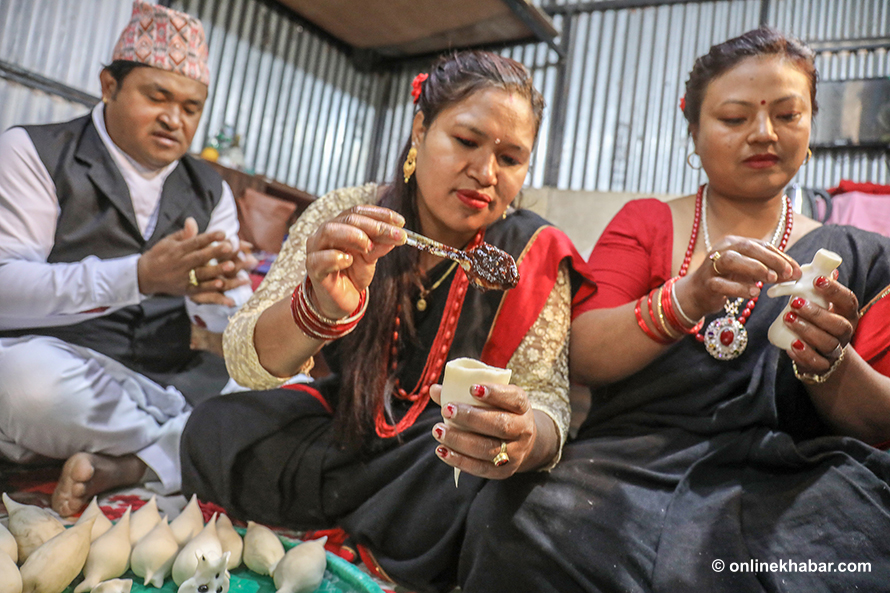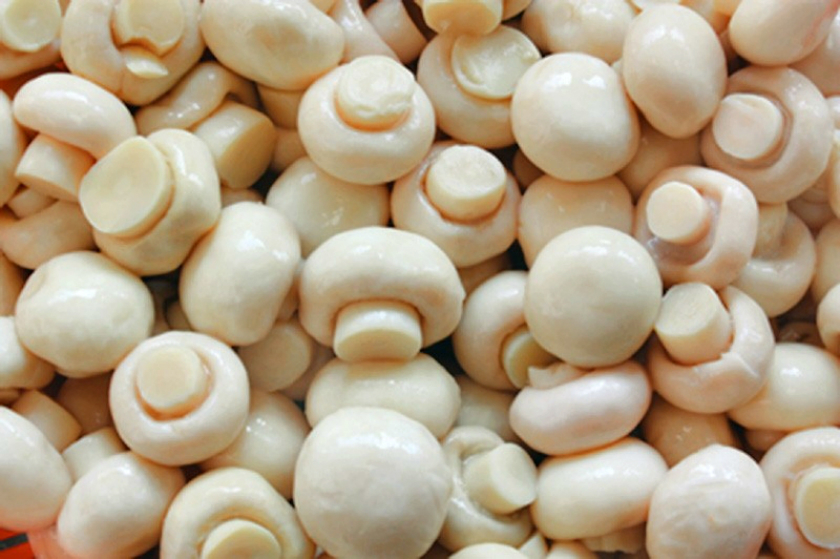
Nepal celebrates “National Mushroom Day” annually on Nepali month Poush 15 that fell on December 29 this year, but domestic production is still unable to meet the country’s mushroom demand.
Despite the rapid expansion of mushroom farming, farmers report that local production falls short. According to the Mushroom Producers’ Association, mushroom farming has expanded to 70 districts, with 40 districts engaged in commercial production. Currently, around 35,000 farmers are involved in mushroom cultivation, supported by 67 labs producing mushroom seeds.
Santosh Karki, the association’s president, estimates that farmers engage in annual transactions worth approximately Rs 15 billion. “Nepal does produce mushrooms, but rising demand has led to significant imports, particularly of canned mushrooms,” Karki told Onlinekhabar.
Production and import figures
Nepal produces approximately 100,000 kilograms of mushrooms daily, including 50,000 kilograms of Kanya mushrooms, 10,000 kilograms of button mushrooms, 1,200 kilograms of Raja mushrooms, 600 kilograms of Shiitake mushrooms, and 10,000 kilograms of other varieties.
Annually, Nepal imports mushrooms worth NPR 150-200 million but exports only Rs 800,000-1 million. While Kanya mushrooms are not imported, other types are brought in under various labels.
Self-reliance and government support
Karki criticised the lack of government support for commercial mushroom production. While initial assistance was provided, the government has since neglected the sector. “Valuable mushrooms in our forests are rotting. The government should initiate commercial production,” he said, stressing the need for research centers.
The association also urged the federal government to officially recognise National Mushroom Day and introduce relevant programs. Farmers, who work up to 18 hours a day, believe the day should be celebrated as a national festival.
Although the Ministry of Agriculture offers a 75 per cent subsidy on crop insurance, insurers reportedly refuse to cover mushrooms. Karki emphasised the need for facilitation and called for clear policies on mushroom farming and market development.
Nepal is moving towards self-reliance in mushroom production, particularly Dalle mushrooms. With government support, the country could become self-sufficient within 2-4 years and even begin exporting mushrooms, Karki asserted.
History of mushroom farming in Nepal
Mushrooms have been consumed in Nepal since ancient times. Even before commercial production, people gathered wild mushrooms from forests. Commercial farming began with research on Kanya mushrooms in 1973-74, followed by research on button mushrooms in 1975-76.
The National Agriculture Research Council’s Crop Disease Science Division pioneered the study of mushroom farming techniques, leading to farmer training programs in 1980-81. Since then, mushroom farming has expanded to areas like Balambu in Kathmandu, Chapagaun in Lalitpur, and Dadhikot in Bhaktapur.
The Mushroom Producers’ Association hosted a mushroom fair and exhibition at Bhrikutimandap on Monday.







